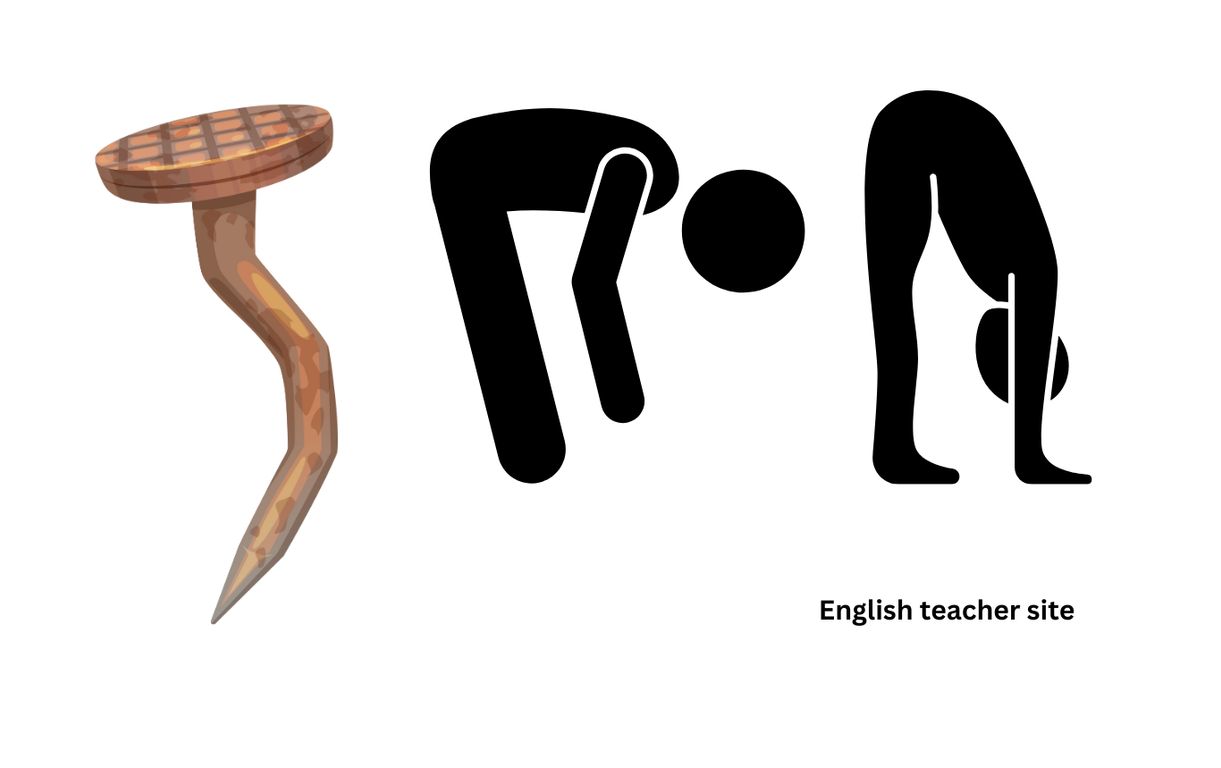Is It Bended or Bent: How to Use the Past Tense of Bend Like a Pro?

Answer: The past tense of bend is “bent”.
Understanding the Past Tense of Bend
The past tense of “bend” often perplexes many, and for good reason. English is filled with irregular verbs, and understanding how they function in the past tense can be a challenge. Unlike regular verbs, which follow a simple pattern by adding “-ed” to form the past tense, irregular verbs like “bend” take on unique forms that must be learned and memorized. This is particularly true for “bend,” where the past tense form is “bent,” not “bended,” as some might mistakenly assume.
To fully understand how “bend” behaves in the past tense, it’s important to first grasp the concept of regular versus irregular verbs. This will make it easier to recognize patterns and avoid common mistakes when using “bent” correctly.
Unraveling the Mystery of Bended vs. Bent
The Rule Behind the Past Tense of Bend
The past tense of “bend” is “bent,” a classic example of an irregular verb. Unlike regular verbs, where the past tense is formed by simply adding “-ed,” irregular verbs undergo changes in their spelling or vowel sounds. With “bend,” the vowel sound changes from the “e” sound to the “e” in “bet,” forming “bent.”
Understanding this rule is crucial because it helps clarify why “bended” is incorrect. The reason we use “bent” instead of “bended” lies in the structure of the verb and its classification as an irregular verb. In the case of “bend,” “bended” doesn’t exist in standard English, except in very rare contexts where a more poetic or archaic form is used—though even then, “bent” is far more common.
Why “Bent” Is the Correct Form in Most Cases
The correct form, “bent,” should be used in virtually all instances when referring to an action that has already occurred. In a sentence like “She bent the paper,” the action was completed in the past, which requires the past tense “bent.” Whether the action happened yesterday or years ago, “bent” is the go-to form for the past tense of “bend.”
Using “bent” keeps your grammar accurate and your communication clear. It’s a standard form across all contexts, making it the preferred choice for writing and speaking.

Recognizing the Irregular Verb Pattern
What Makes Bend an Irregular Verb?
Irregular verbs don’t follow a consistent pattern for forming their past tense, unlike regular verbs. The verb “bend” belongs to this group because it changes its form in an unpredictable manner. Instead of following the “-ed” rule, it morphs into “bent.” Irregular verbs often defy conventional rules, requiring their own unique forms to be memorized.
Some common irregular verbs include “go” (went), “eat” (ate), and “see” (saw). Like “bend,” these verbs don’t adhere to regular patterns, and it’s essential to learn their past tense forms individually.
Practical Tips for Using the Past Tense of Bend Correctly
How to Spot When to Use “Bent” and Avoid “Bended”
The key to using “bent” correctly lies in identifying when you’re referring to an action that has already occurred. Ask yourself: Is the action in the past? If the answer is yes, then “bent” is the proper choice.
For example, when discussing actions completed earlier, such as in “I bent down to tie my shoes,” “bent” is used because the action happened in the past. If you ever find yourself unsure, default to “bent” as it’s always the correct form.
Quick Tricks to Remember the Right Form
To easily remember that “bent” is the correct past tense form of “bend,” associate the “e” sound in both words with a clear mental image. Think of someone bending a piece of wire into shape, and recall that “bent” is the past form. Similarly, practicing irregular verb lists regularly will help reinforce the correct forms in your memory, making “bent” second nature.
Common Mistakes with Bended and Bent
The Most Common Errors People Make with Bend in the Past Tense
A frequent error occurs when speakers and writers mistakenly use “bended” instead of “bent.” This is particularly common for those unfamiliar with irregular verb rules. “Bended” is a mistake that often happens when people try to apply the “-ed” rule to all verbs, including irregular ones like “bend.”
Another common mistake involves using “bended” in sentences like “I bended down to pick up the pen,” when the correct form is “bent.” In this case, the incorrect form disrupts the flow of the sentence and introduces a grammatical error.
Examples of Sentences with Incorrect Use of Bended vs. Bent
Incorrect: “He bended the metal rod to fit the shape.”
Correct: “He bent the metal rod to fit the shape.”
Incorrect: “She bended the paper in half.”
Correct: “She bent the paper in half.”
Conclusion: Becoming a Pro with the Past Tense of Bend
Mastering irregular verbs, including the past tense of “bend,” is key to elevating your overall grammar skills. By consistently practicing and applying these forms, you’ll communicate more effectively and sound more polished. Keep refining your skills and integrating these verbs into everyday speech and writing. The more you practice, the more effortless it will become.
Source
My name is Khamis Maiouf. I am the creator of the English Teacher Site, dedicated to providing valuable resources and insights for students around the world. With a passion for education and a commitment to helping students enhance their skills, I aim to make English teaching more effective and enjoyable for both educators and students.






